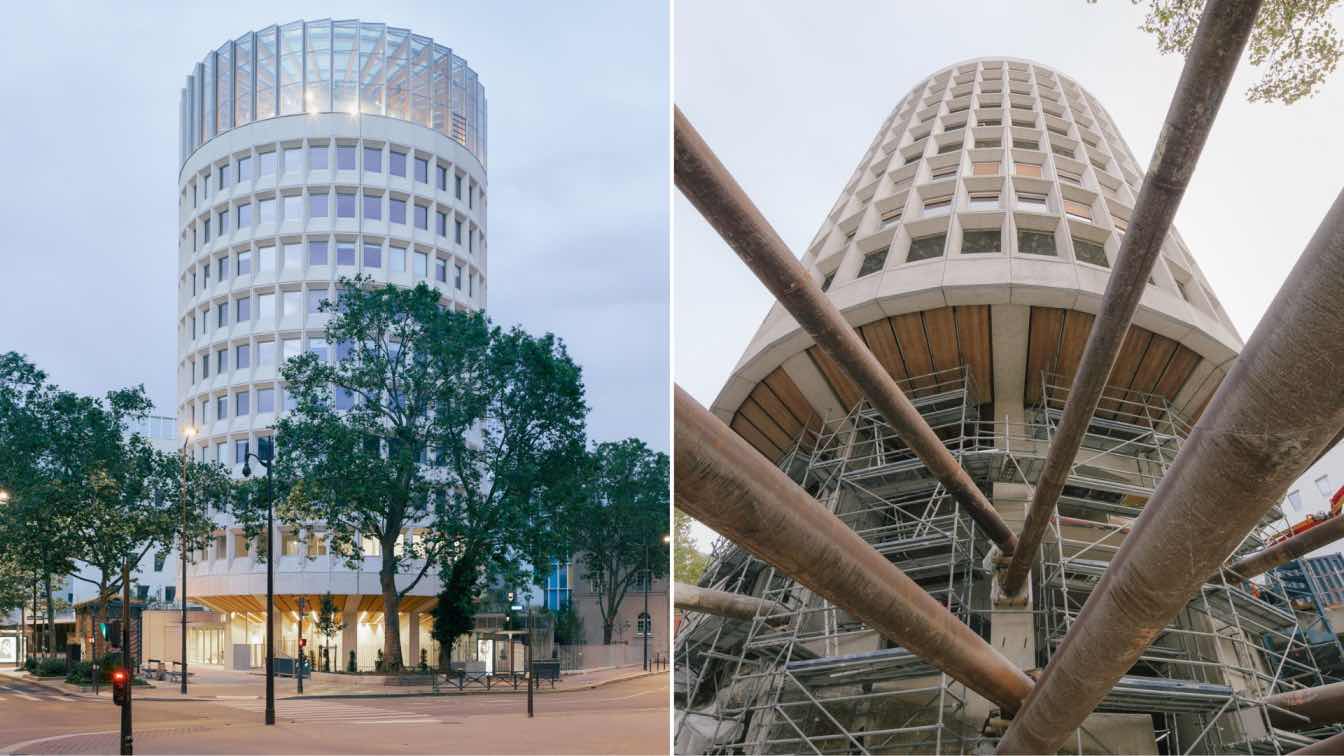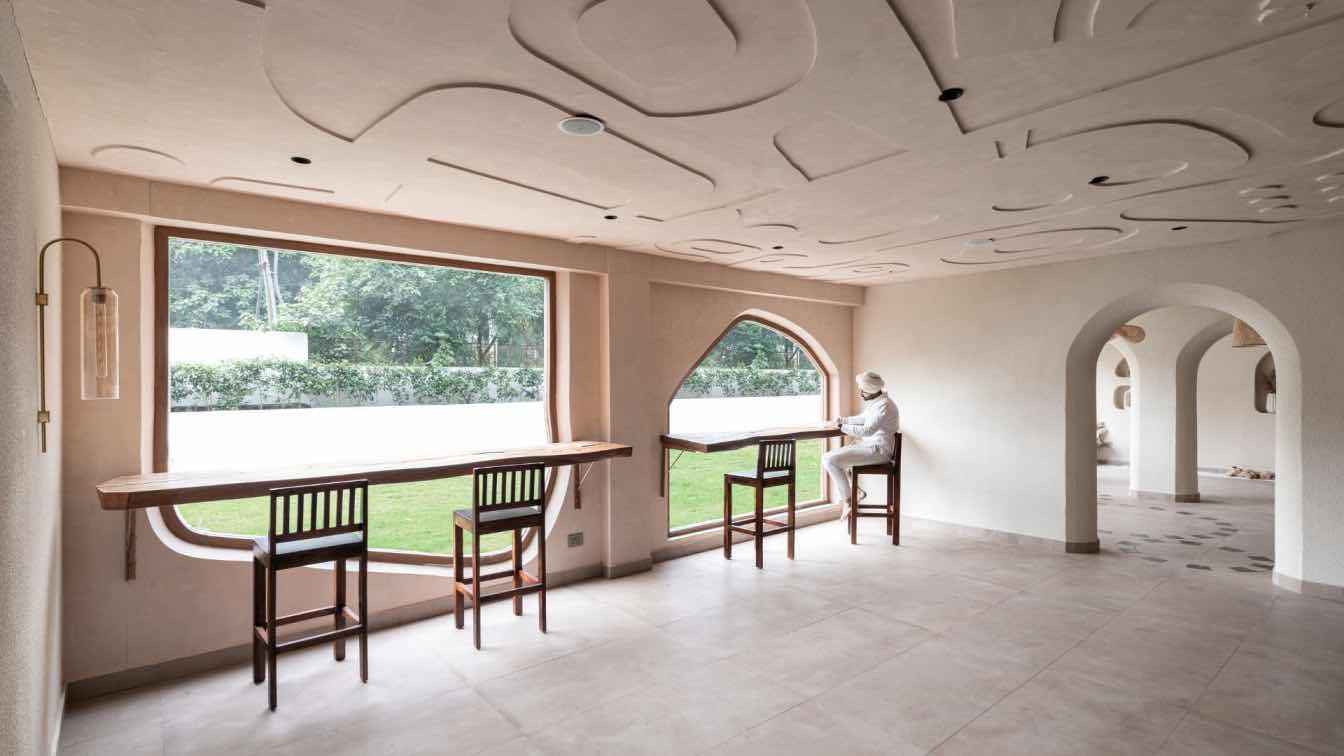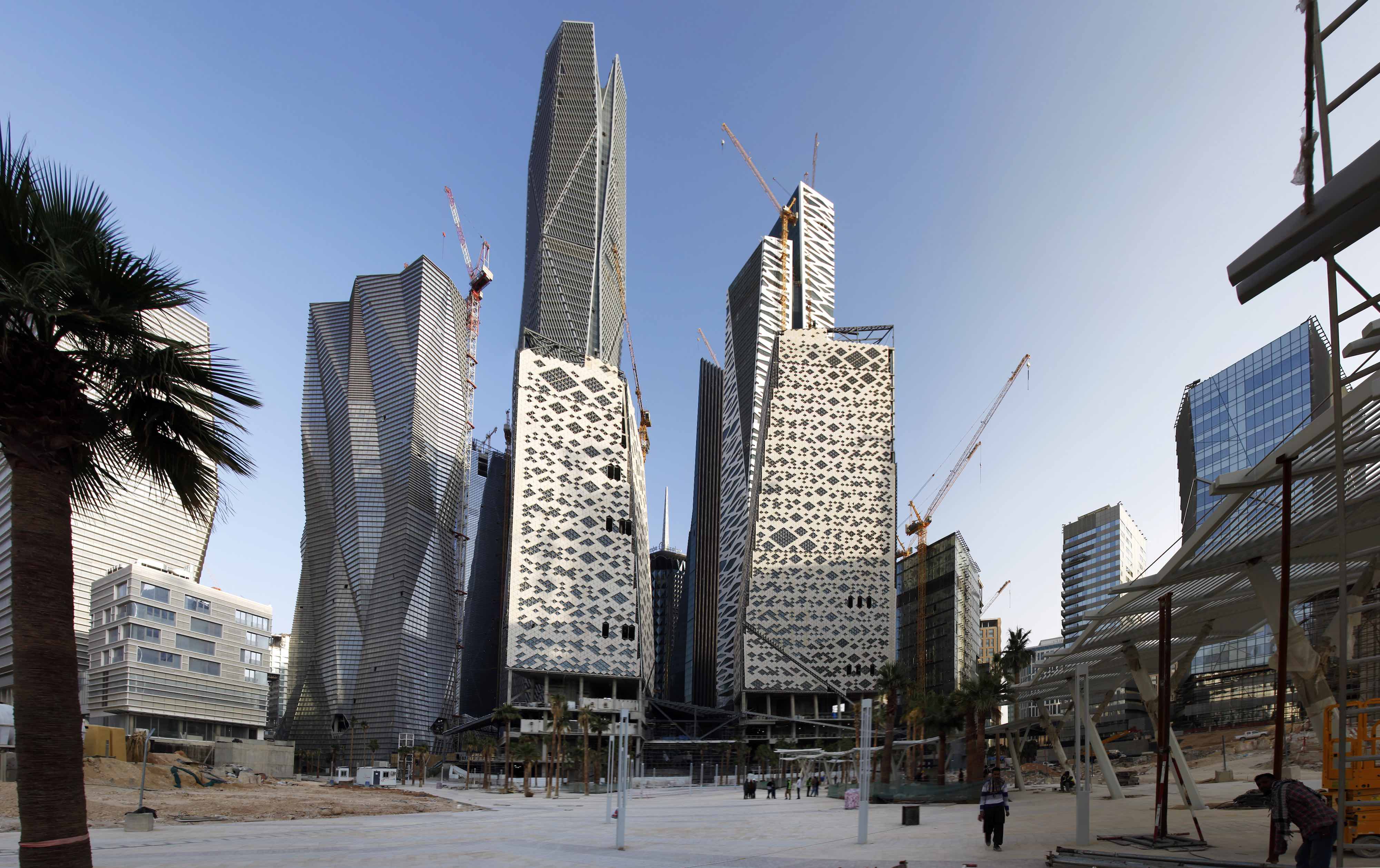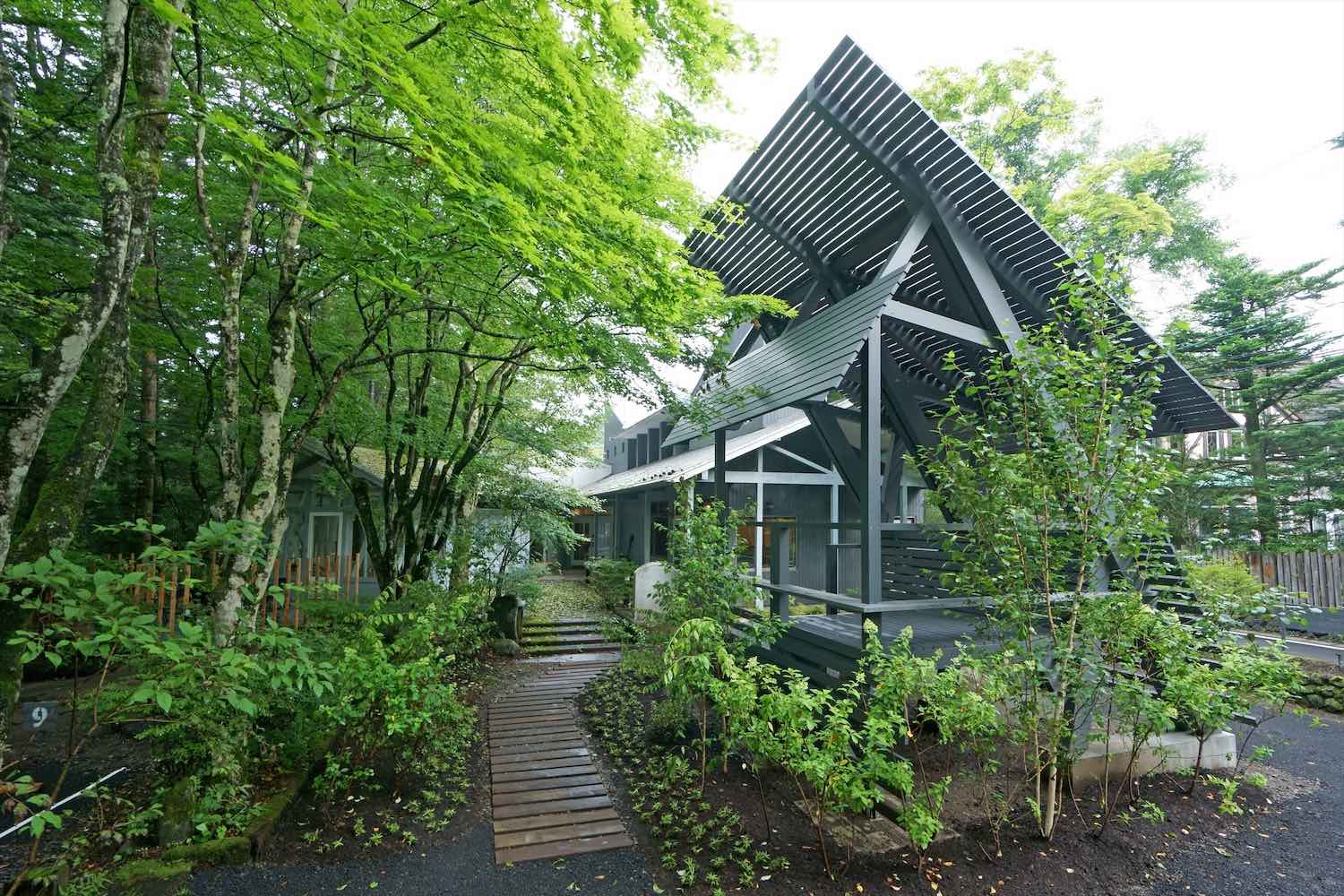In November 2024, Maud Caubet Architectes completed the Racine project in Paris's 12th arrondissement for Alderan (SCI EWOK), the project owner. The project involved the renovation of the former headquarters of the Office National des Forêts (ONF), a 35- meter-high tower built in 1970. The extensions and the new crown represent a spectacular transformation. Total surface area: 6,081 m². Project cost: €24 million.
A SPECTACULAR METAMORPHOSIS
In the heart of Paris's 12th arrondissement, near the Sorbonne Nouvelle campus, the Racine project is situated in a predominantly residential area. The program involved transforming the former headquarters of the Office National des Forêts (ONF)—a small high-rise brutalist building designed in 1970 by architects Deschler, Thieulin, and de Vigan—into new offices for the Local Business Skills Operator (OPCO EP), a semi-public vocational training organization.
Located at the center of the site, the tower stands as a testament to an era when urban development relied heavily on slab construction, with largely artificialized ground levels. The reclamation of fertile soil thus became a foundational constraint for the project. In this context, the initially envisioned graduated garden has been reinterpreted as terraced landings. The flowing curves of the extensions rise from the basement to the first floor, following a naturalistic logic. Finally, a 175 m² productive green roof allows for the renaturation of the entire site, despite the densification brought about by the project.
This architectural decision enabled the transformation of two parking levels, out of five underground levels, to restore high-quality living spaces bathed in natural light. It also allowed for the creation of a large curved patio, 12 meters deep, which redefined the new spaces opening onto the terraced garden. Finally, the project repurposed the volume of the parking ramp to create an unusual space with direct access to the new patio.

The contemporary extension, which wraps around the building and skirts the majestic trees of the garden, echoes the curves of the original architecture and addresses the challenge of preserving the building's distinctive silhouette. The planned adaptability of the structure to easily change its purpose (offices, housing, activities, etc.) was anticipated through a design that minimizes, in advance, the scale and cost of future modifications. The restructured tower is inherently flexible, allowing for future transformations: the building's repetitive grid of slab posts and the strategic placement of vertical circulation elements ensure complete reversibility of uses.
In fact, all or part of the tower can accommodate hotel services, student housing, or coliving spaces, in addition to the service and sports facilities on site. Double-height extensions and a bioclimatic greenhouse enhance the range of uses. This way, the tower can be fully 'lived in,' offering the possibility to live, work, study, have fun, grow a garden, love, and age—all at the same time.
The former attic on the 10th floor has been replaced with a timber frame, creating space for a greenhouse integrated into the building's structure. Reaching skyward, this glass crown houses an educational urban agriculture unit and a café, both accessible to all building users. This new tree-lined, transparent, and luminous space offers residents a unique view of Paris and transforms into a distinctive lantern for the local community at night.
Maud Caubet Architectes, founded in 2006 and now employing around twenty people, is dedicated to addressing a wide range of challenges. The agency works on both construction and renovation projects, as well as mixed-use programs involving housing, offices, hotels and public facilities. Whether in a town, a small or large urban area, a rural setting, or a broader landscape, Maud Caubet's architecture seeks to support both the environment and its population.
With proven expertise in enhancing existing structures, the agency engages in a thoughtful dialogue with what already exists, whether preserving or transforming spaces to breathe new life into them.




























